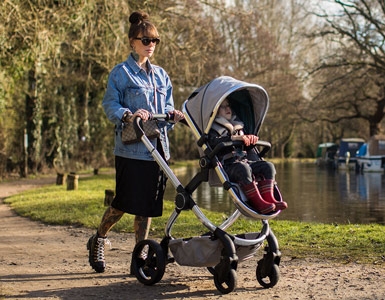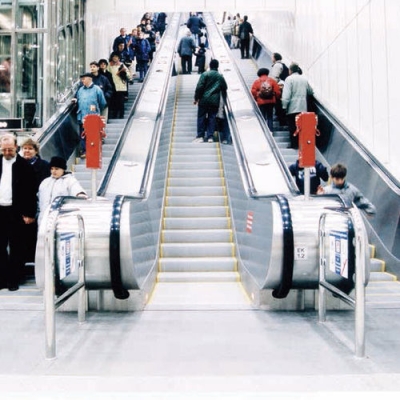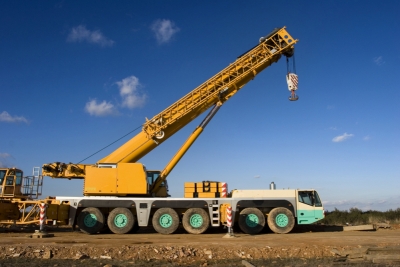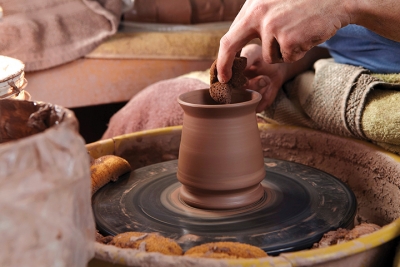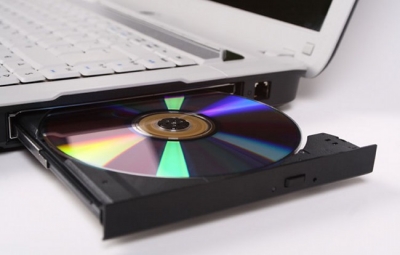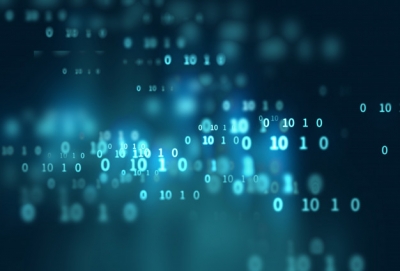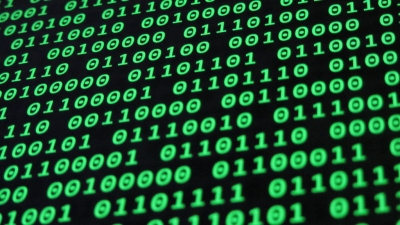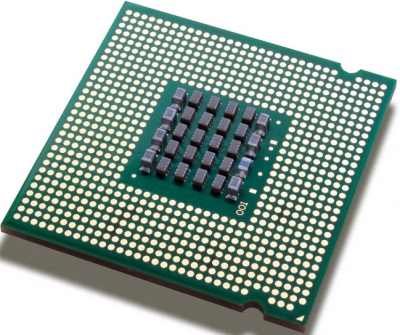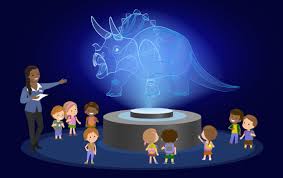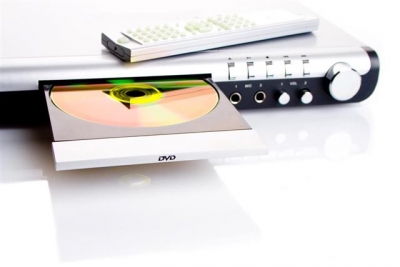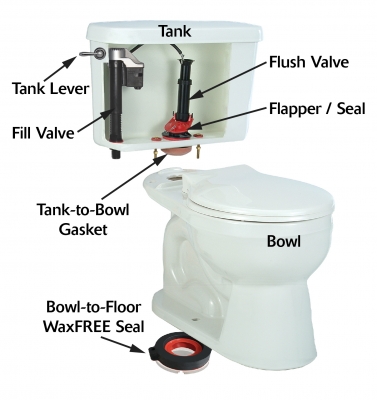How food mixer works?
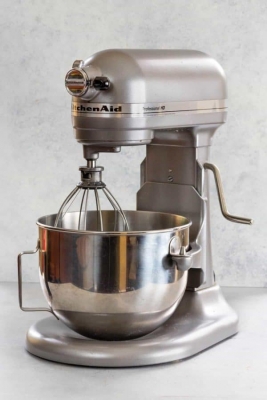
To use a handheld mixer, you first plug it in and attach two balloon whisks. Place the mixer in your bowl of ingredients and select the speed setting you want. Turn it on by pushing a switch. The whisks start to rotate due to an electric motor inside the device. The whisks will mix, beat or whip the ingredients, depending on your speed setting. They will also incorporate air into your ingredients, giving them a "fluffier" texture. You often move the bowl while using your mixer, to make sure every ingredient is thoroughly mixed.
A stand mixer works similar to a handheld, with the difference that you attach a bowl (often a stainless steel bowl) to it and you do not have to hold the mixer. After affixing the bowl to the mixer, you add the preferred attachment (such as a dough hook for bread ingredients) and select the desired speed setting. You then flip the switch, and a large motor will rotate the attachment. Let it work as long as it needs. You may have to scrape the attachment during the mixing, such as when too much of the dough sticks to the hook.
Picture Credit : Google
